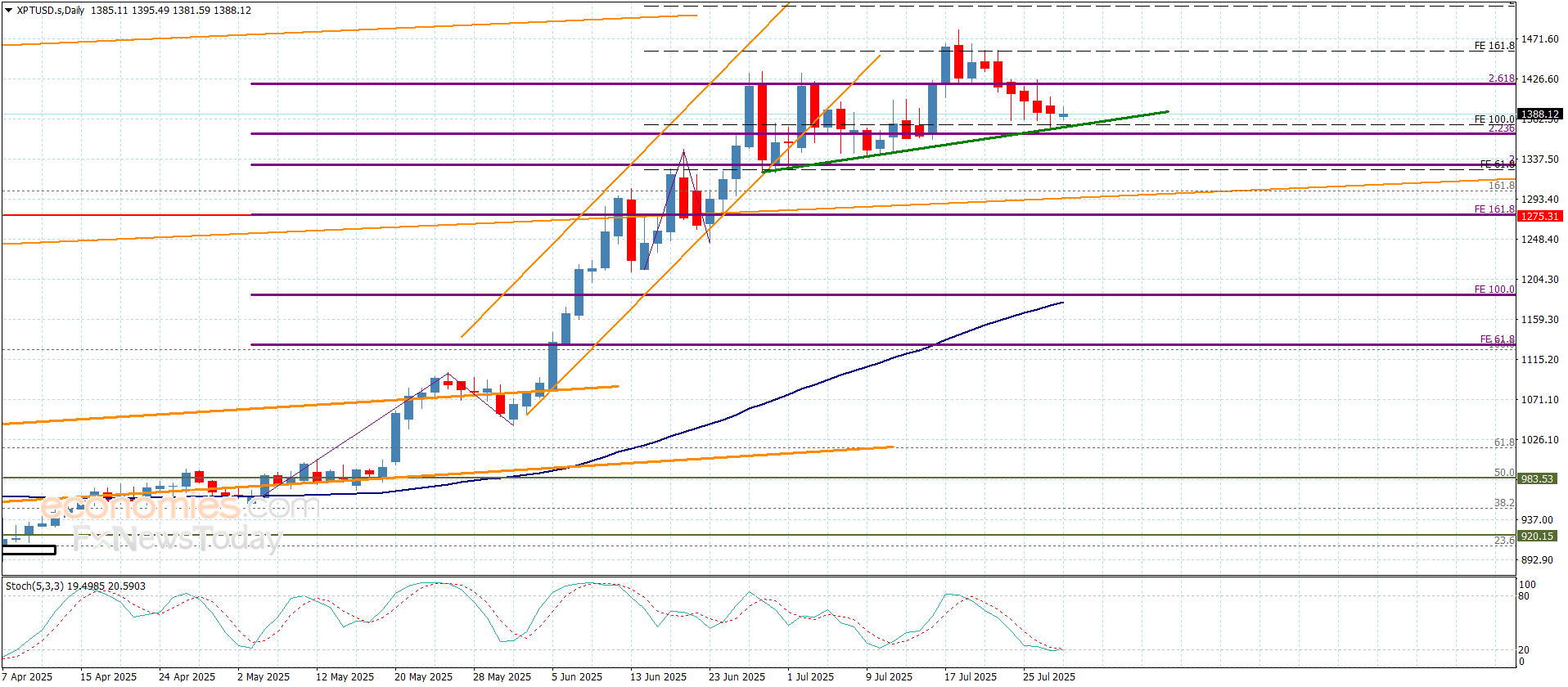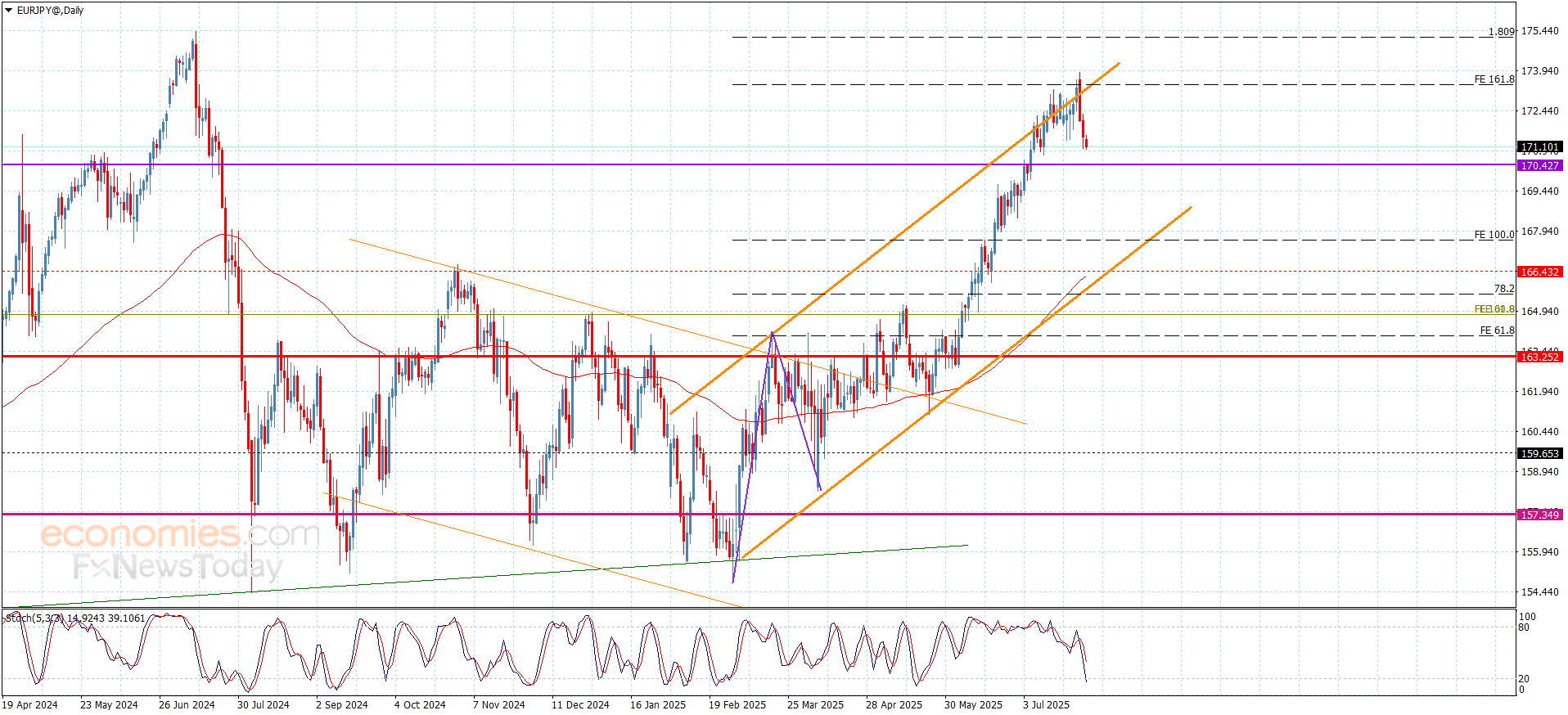Category: Forex News, News
Pound Sterling remains bearish despite recent rebound
- GBP/USD recovers after touching its lowest level in two months.
- The technical outlook remains bearish, with a chance of a correction in the near term.
- The US economic calendar will feature mid-tier data releases ahead of the Fed meeting.
GBP/USD trades slightly above 1.3350 after having touched its weakest level since late May below 1.3320 earlier in the day. The pair’s technical picture points to oversold conditions, suggesting that there could be a correction before the next leg lower.
British Pound PRICE This week
The table below shows the percentage change of British Pound (GBP) against listed major currencies this week. British Pound was the weakest against the US Dollar.
| USD | EUR | GBP | JPY | CAD | AUD | NZD | CHF | |
|---|---|---|---|---|---|---|---|---|
| USD | 1.47% | 0.51% | 0.45% | 0.29% | 0.89% | 0.88% | 0.83% | |
| EUR | -1.47% | -0.96% | -0.96% | -1.17% | -0.56% | -0.58% | -0.63% | |
| GBP | -0.51% | 0.96% | -0.20% | -0.21% | 0.40% | 0.38% | 0.33% | |
| JPY | -0.45% | 0.96% | 0.20% | -0.15% | 0.41% | 0.42% | 0.52% | |
| CAD | -0.29% | 1.17% | 0.21% | 0.15% | 0.58% | 0.59% | 0.54% | |
| AUD | -0.89% | 0.56% | -0.40% | -0.41% | -0.58% | -0.02% | -0.07% | |
| NZD | -0.88% | 0.58% | -0.38% | -0.42% | -0.59% | 0.02% | -0.05% | |
| CHF | -0.83% | 0.63% | -0.33% | -0.52% | -0.54% | 0.07% | 0.05% |
The heat map shows percentage changes of major currencies against each other. The base currency is picked from the left column, while the quote currency is picked from the top row. For example, if you pick the British Pound from the left column and move along the horizontal line to the US Dollar, the percentage change displayed in the box will represent GBP (base)/USD (quote).
The US Dollar (USD) started the week on a bullish note and caused GBP/USD to turn south on Monday, as investors’ concerns over an economic downturn in the United States (US) eased after the US reached a trade deal with the European Union (EU).
Early Tuesday, the risk-positive market environment limits the USD’s gains and helps GBP/USD hold its ground. Additionally, investors might be opting to move to the sidelines before deciding whether the USD has more room on the upside. The Federal Reserve (Fed) will begin its two-day meeting later in the day and announce policy decisions on Wednesday.
Nevertheless, the US economic calendar will offer some mid-tier data releases that could trigger a short-lasting market reaction during the American trading hours.
The Conference Board will publish the Consumer Confidence Index for July and the US Bureau of Labor Statistics will release JOLTS Job Openings data for June. In case these data come in weaker than expected, the USD could struggle to find demand and allow GBP/USD to extend its rebound.
Investors will also pay close attention to fresh developments surrounding the US-China trade negotiations. US Treasury Secretary Scott Bessent and China’s Vice Premier He Lifeng will reportedly meet again on Tuesday after having constructive talks on Monday.
GBP/USD Technical Analysis
The Relative Strength Index (RSI) indicator on the 4-hour chart stays slightly above 30 after recovering from 25, suggesting that GBP/USD is in a correction phase after turning oversold earlier in the day.
On the upside, 1.3400 (Fibonacci 61.8% retracement of the latest uptrend) aligns as the first resistance level before 1.3470 (Fibonacci 50% retracement) and 1.3490-1.3500 (100-period SMA, static level). Looking south, support levels could be spotted at 1.3340 (100-day SMA) and 1.3300 (Fibonacci 78.6% retracement).
Pound Sterling FAQs
The Pound Sterling (GBP) is the oldest currency in the world (886 AD) and the official currency of the United Kingdom. It is the fourth most traded unit for foreign exchange (FX) in the world, accounting for 12% of all transactions, averaging $630 billion a day, according to 2022 data.
Its key trading pairs are GBP/USD, also known as ‘Cable’, which accounts for 11% of FX, GBP/JPY, or the ‘Dragon’ as it is known by traders (3%), and EUR/GBP (2%). The Pound Sterling is issued by the Bank of England (BoE).
The single most important factor influencing the value of the Pound Sterling is monetary policy decided by the Bank of England. The BoE bases its decisions on whether it has achieved its primary goal of “price stability” – a steady inflation rate of around 2%. Its primary tool for achieving this is the adjustment of interest rates.
When inflation is too high, the BoE will try to rein it in by raising interest rates, making it more expensive for people and businesses to access credit. This is generally positive for GBP, as higher interest rates make the UK a more attractive place for global investors to park their money.
When inflation falls too low it is a sign economic growth is slowing. In this scenario, the BoE will consider lowering interest rates to cheapen credit so businesses will borrow more to invest in growth-generating projects.
Data releases gauge the health of the economy and can impact the value of the Pound Sterling. Indicators such as GDP, Manufacturing and Services PMIs, and employment can all influence the direction of the GBP.
A strong economy is good for Sterling. Not only does it attract more foreign investment but it may encourage the BoE to put up interest rates, which will directly strengthen GBP. Otherwise, if economic data is weak, the Pound Sterling is likely to fall.
Another significant data release for the Pound Sterling is the Trade Balance. This indicator measures the difference between what a country earns from its exports and what it spends on imports over a given period.
If a country produces highly sought-after exports, its currency will benefit purely from the extra demand created from foreign buyers seeking to purchase these goods. Therefore, a positive net Trade Balance strengthens a currency and vice versa for a negative balance.
Written by : Editorial team of BIPNs
Main team of content of bipns.com. Any type of content should be approved by us.
Share this article:






